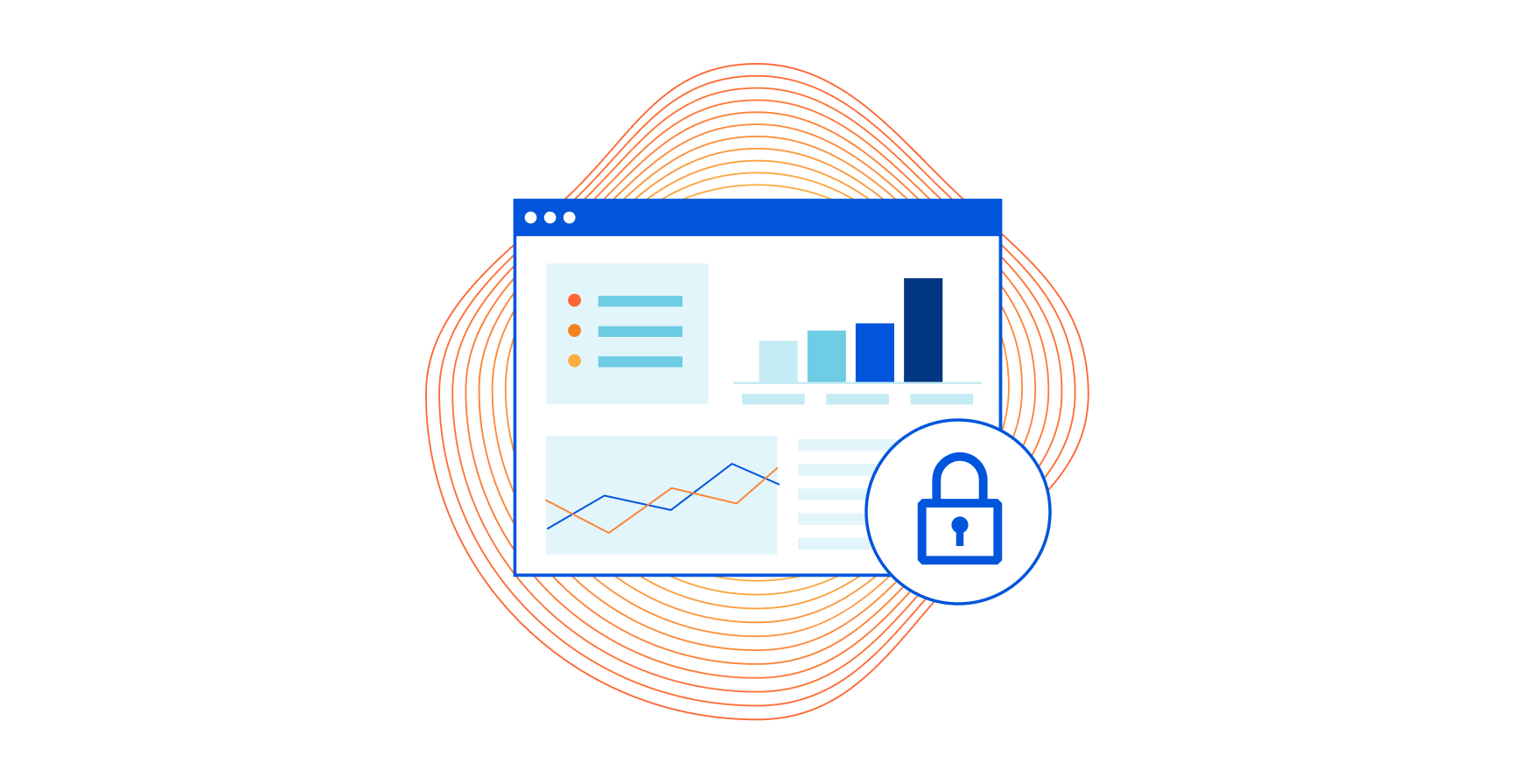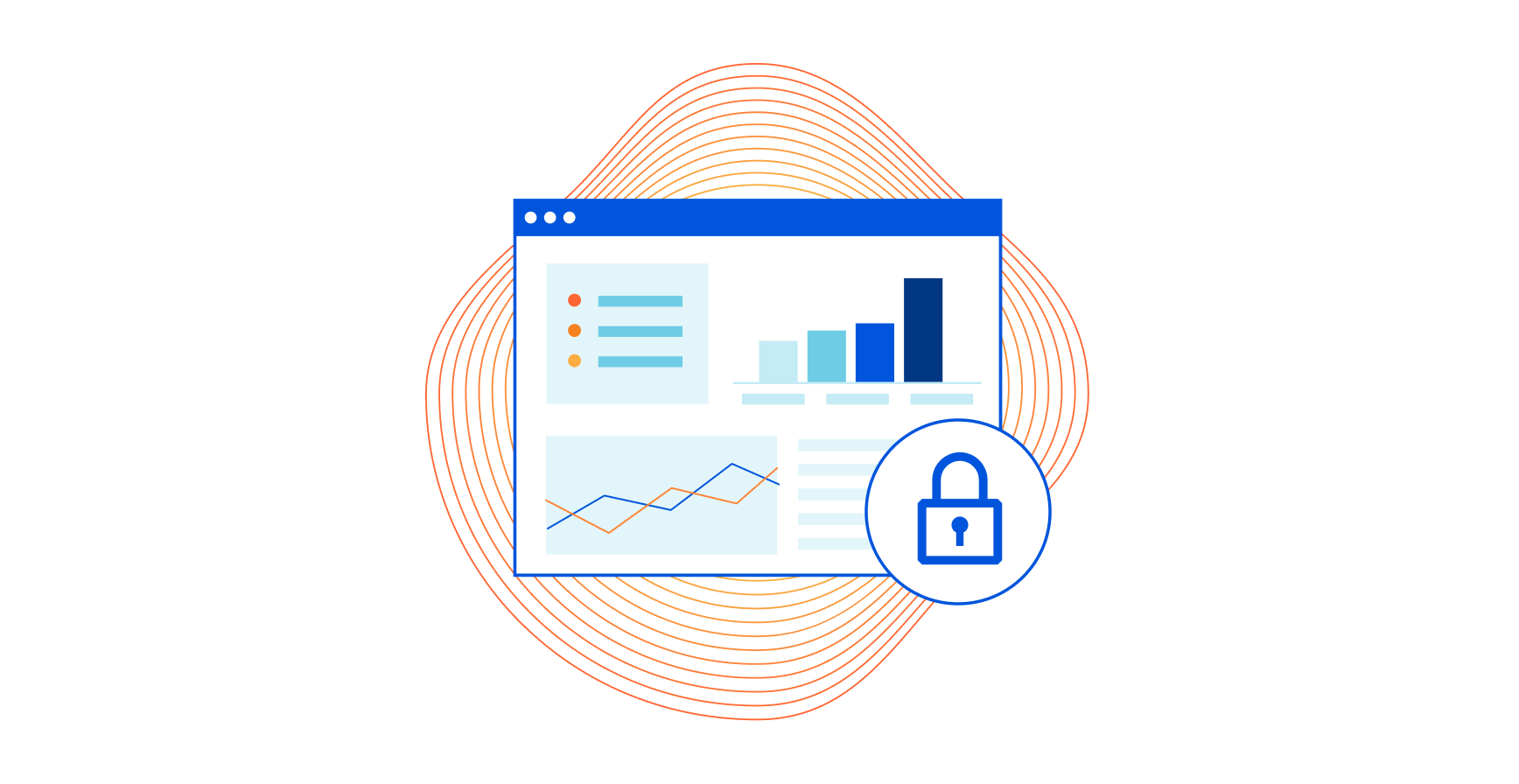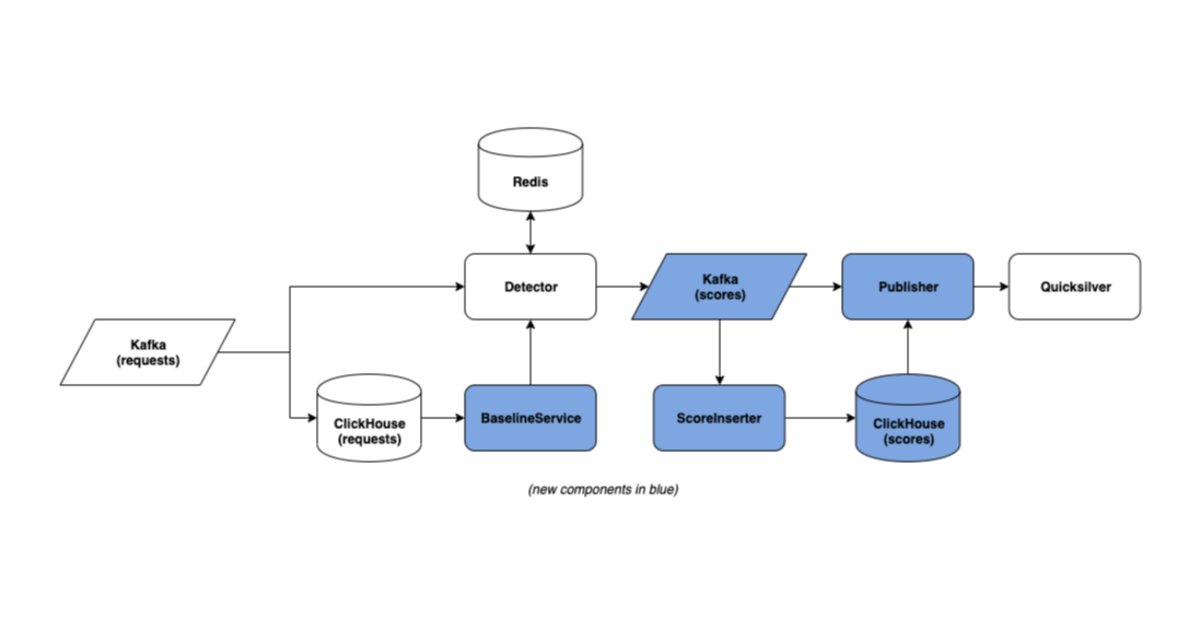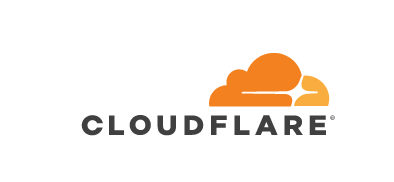Cloudflare and WordPress.com partner to Help Build a Better Internet


Cloudflare’s mission is to help build a better Internet. We’ve been at it since 2009 and we’re making progress — with approximately 25 million Internet properties being secured and accelerated by our platform.
When we look at other companies that not only have the scale to impact the Internet, but who are also on a similar mission, it’s hard to ignore Automattic, maintainers of the ubiquitous open-source WordPress software and owner of one the web’s largest WordPress hosting platforms WordPress.com, where up to 409 million people read 20 billion pages every month.1
Privacy First Web Analytics
When we started brainstorming ways to combine our impact, one shared value stood out: privacy. We both share a vision for a more private Internet. Today we’re excited to announce a number of initiatives, starting with the integration of Cloudflare’s privacy-first web analytics into WordPress.com. This integration gives WordPress.com publishers choice in how they collect usage data and derive insights about their visitors.


Automatic Platform Optimization for WordPress
This is not the first time Continue reading
Third Time’s the Cache, No More


Caching is a big part of how Cloudflare CDN makes the Internet faster and more reliable. When a visitor to a customer’s website requests an asset, we retrieve it from the customer’s origin server. After that first request, in many cases we cache that asset. Whenever anyone requests it again, we can serve it from one of our data centers close to them, dramatically speeding up load times.
Did you notice the small caveat? We cache after the first request in many cases, not all. One notable exception since 2010 up until now: requests with query strings. When a request came with a query string (think https://example.com/image.jpg?width=500; the ?width=500 is the query string), we needed to see it a whole three times before we would cache it on our default cache level. Weird!
This is a short tale of that strange exception, why we thought we needed it, and how, more than ten years later, we showed ourselves that we didn’t.
Two MISSes too many
To see the exception in action, here’s a command we ran a couple weeks ago. It requests an image hosted on example.com five times and prints each response’s CF-Cache-Status header. Continue reading
A deep-dive into Cloudflare’s autonomous edge DDoS protection


Today, I’m excited to talk about our autonomous DDoS (Distributed Denial of Service) protection system. This system has been deployed globally to all of our 200+ data centers and actively protects all our customers against DDoS attacks across layers 3 to 7 (in the OSI model) without requiring any human intervention. As part of our unmetered DDoS protection commitment, we won’t charge a customer more just because they got hit by a DDoS.
Autonomous protection the edge
To protect our customers quickly and with precision against DDoS attacks, we built an autonomous edge detection and mitigation system that can make decisions on its own without seeking a centralized consensus. It is completely software-defined and runs on our edge on commodity servers. It’s powered by our denial of service daemon (dosd) which originally went live in mid-2019 for protection against L3/4 DDoS attacks. Since then, we’ve been investing in enhancing and improving its capabilities to stay ahead of attackers and to disrupt the economics of attacks. The latest set of improvements have expanded our edge mitigation component to protect against L7 attacks in addition to L3/4.
This system runs on every single server in all our edge Continue reading
The Teams Dashboard: The Design Story

Intro

Cloudflare for Teams was first announced in January 2020, along with our acquisition of S2 Systems. It was an exciting day for everyone at Cloudflare, but especially my team, who was in charge of building Teams.
Here is the story of how we took Cloudflare for Teams from initial concepts, to an MVP, to now a comprehensive security platform that secures networks, users, devices, and applications.
Background
When I joined Cloudflare in April 2019, I was excited to have an impact on helping to build a better Internet. I was fascinated by the intricacy of how the Internet works, and wanted to untangle that complexity to provide our users with the best in class experience, with a simple and concise design approach. Little did I know that I would have the opportunity to launch a product that would impact thousands during a time when people need the Internet the most.
We started conceptualizing what would eventually become Cloudflare for Teams in July 2019, with a big vision and a small team. Coming off the excitement of 1.1.1.1, the team began thinking about how to bring this functionality to small, medium, and enterprise businesses. Our Continue reading
Automatic Platform Optimization post-launch report

Last year during Birthday Week, we announced Automatic Platform Optimization for WordPress (APO): smart HTML caching for WordPress sites using Cloudflare. Initial testing across various WordPress sites demonstrated significant improvements in performance metrics like Time to First Byte (TTFB), First Contentful Paint (FCP), and Speed Index. We wanted to measure how APO impacted web performance for our customers since the launch.
In the blog post, we answer the following questions:
- How fast is Automatic Platform Optimization? Can you demonstrate it with data?
We will show real-world improvements for several performance metrics.
- Is Automatic Platform Optimization flexible enough to integrate smoothly with my WordPress site?
We have added and improved lots of features since the initial launch.
- Will Automatic Platform Optimization work when used with other plugins?
We will cover the most common use cases and explain how Automatic Platform Optimization could be fined-tuned.
Measuring performance with WebPageTest
We use WebPageTest as a go-to tool for synthetic testing at Cloudflare. It measures web performance metrics in real browsers, is highly programmable, and could scale to test millions of sites per day. Among the benefits of synthetic testing are easy to produce results and their relatively high reproducibility.
Automatic Platform Optimization Continue reading
Enhancing privacy-focused Web Analytics to better meet your metrics needs


Last December we opened up our brand new privacy-first Web Analytics platform to everyone. Today, we’re excited to announce the release of three of the most requested features: adding multiple websites to an account, supporting Single-page Applications (SPA) as well as showing Core Web Vitals in Web Analytics.
Bringing privacy-first analytics to everyone
Since we launched two months ago, we’ve received a lot of feedback from our users. We are really happy that we are able to provide our privacy-first analytics to so many of you.
Popular analytics vendors have business models driven by ad revenue. Using them implies a bargain: they track visitor behavior and create buyer profiles to retarget your visitors with ads; in exchange, you get free analytics.
Our mission is to help build a better Internet, and part of that is to deliver essential web analytics to everyone with a website without compromising user privacy. We’ve never been interested in tracking users or selling advertising. We don’t want to know what you do on the Internet — it’s not our business.
You now can measure multiple sites
When we launched Web Analytics, each account was only able to measure one website. We are happy to announce Continue reading
Lessons Learned from Scaling Up Cloudflare’s Anomaly Detection Platform
Introduction to Anomaly Detection for Bot Management

Cloudflare’s Bot Management platform follows a “defense in depth” model. Although each layer of Bot Management has its own strengths and weaknesses, the combination of many different detection systems — including Machine Learning, rule-based heuristics, JavaScript challenges, and more — makes for a robust platform in which different detection systems compensate for each other’s weaknesses.
One of these systems is Anomaly Detection, a platform motivated by a simple idea: because bots are made to accomplish specific goals, such as credential stuffing or content scraping, they interact with websites in distinct and difficult-to-disguise ways. Over time, the actions of a bot are likely to differ from those of a real user. Anomaly detection aims to model the characteristics of legitimate user traffic as a healthy baseline. Then, when automated bot traffic is set against this baseline, the bots appear as outlying anomalies that can be targeted for mitigation.
An anomaly detection approach is:
- Resilient against bots that try to circumvent protections by spoofing request metadata (e.g., user agents)
- Able to catch previously unseen bots without being explicitly trained against them.
So, how well does this work?
Today, Anomaly Detection processes more than Continue reading
ARMs Race: Ampere Altra takes on the AWS Graviton2

Over three years ago, we embraced the ARM ecosystem after evaluating the Qualcomm Centriq. The Centriq and its Falkor cores delivered a significant reduction in power consumption while maintaining a comparable performance against the processor that was powering our server fleet at the time. By the time we completed porting our software stack to be compatible with ARM, Qualcomm decided to exit the server business. Since then, we have been waiting for another server-grade ARM processor with hopes to improve our power efficiencies across our global network, which now spans more than 200 cities in over 100 countries.
ARM has introduced the Neoverse N1 platform, the blueprint for creating power-efficient processors licensed to institutions that can customize the original design to meet their specific requirements. Ampere licensed the Neoverse N1 platform to create the Ampere Altra, a processor that allows companies that own and manage their own fleet of servers, like ourselves, to take advantage of the expanding ARM ecosystem. We have been working with Ampere to determine whether Altra is the right processor to power our first generation of ARM edge servers.
The AWS Graviton2 is the only other Neoverse N1-based processor publicly accessible, but only made Continue reading
About the March 8 & 9, 2021 Verkada camera hack

Cloudflare uses a vendor called Verkada for cameras in our offices in San Francisco, Austin, New York, London and Singapore. These cameras are used at the entrances, exits and main thoroughfares of our offices and have been part of maintaining the security of offices that have been closed for almost a year.
Yesterday, we were notified of a breach of Verkada that allowed a hacker to access Verkada’s internal support tools to manage those cameras remotely, as well as access them through a remote root shell. As soon as we were notified of the breach, we proceeded to shut down the cameras in all our office locations to prevent further access.
To be clear: this hack affected the cameras and nothing else. No customer data was accessed, no production systems, no databases, no encryption keys, nothing. Some press reports indicate that we use a facial recognition feature available in Verkada. This is not true. We do not.
Our internal systems follow the same Zero Trust model that we provide to our customers, and as such our corporate office networks are not implicitly trusted by our other locations or data centers. From a security point of view connecting from one of Continue reading
Control web applications with two-clicks in Cloudflare Gateway

Nearly a year ago, we announced Cloudflare for Teams, Cloudflare’s platform for securing users, devices, and data. With Cloudflare for Teams, our global network becomes your team’s network, replacing on-premise appliances and security subscriptions with a single solution delivered closer to your users — wherever they work. Cloudflare for Teams centers around two core products: Cloudflare Access and Cloudflare Gateway.
Cloudflare Gateway protects employees from security threats on the Internet and enforces appropriate use policies. We built Gateway to help customers replace the pain of backhauling user traffic through centralized firewalls. With Gateway, users instead connect to one of Cloudflare’s data centers in 200 cities around the world where our network can apply consistent security policies for all of their Internet traffic.

In March 2020, we launched Gateway’s first feature, a secure DNS filtering solution. With Gateway’s DNS filtering, administrators can click a single button to block known threats, like sources of malware or phishing sites. Policies can also be used to block specific risky categories, like gambling or social media. When users request a filtered site, Gateway stops the DNS query from resolving and prevents the device from connecting to a malicious destination or hostname with blocked material.
The benefits of serving stale DNS entries when using Consul
Introduction

We use Consul for service discovery, and we’ve deployed a cluster that spans several of our data centers. This cluster exposes HTTP and DNS interfaces so that clients can query the Consul catalog and search for a particular service and the majority of the clients use DNS. We were aware from the start that the DNS query latencies were not great from certain parts of the world that were furthest away from these data centers. This, together with the fact that we use DNS over TLS, results in some long latencies. The TTL of these names being low makes it even more impractical when resolving these names in the hot path.
The usual way to solve these issues is by caching values so that at least subsequent requests are resolved quickly, and this is exactly what our resolver of choice, Unbound, is configured to do. The problem remains when the cache expires. When it expires, the next client will have to wait while Unbound resolves the name using the network. To have a low recovery time in case some service needs to failover and clients need to use another address we use a small TTL (30 seconds) Continue reading
Happy International Women’s Day!


Here at Cloudflare, we’re thrilled to celebrate International Women’s Day today! We have tons of events planned throughout the month of March, which is our way of honoring Women’s Empowerment Month. We’ll be making sure we acknowledge women’s achievements, raise awareness about women’s equality, and lobby for accelerated gender parity — Cloudflare style.
We take the International Women’s Day initiatives and its calls to action seriously. Then again, how could we not? The latest 2020 Global Gender Gap Report from the World Economic Forum indicates that it’ll take another 257 years to close the gender gap, if we continue at our current pace of progress. It’s going to take all of us to make a positive impact and accelerate the reality of a gender equal world.
Introducing Womenflare
Before we dive further into how we’re planning to celebrate International Women’s Day and Women’s Empowerment Month, we’d like to introduce ourselves. We’re Womenflare — Cloudflare’s Employee Resource Group (ERG) for all who identify as and advocate for women (Talea and Angela are the global Womenflare leads and John is the Womenflare executive advocate). We launched Womenflare on International Women’s Day in 2020, and it was one of the last things we Continue reading
Protecting against recently disclosed Microsoft Exchange Server vulnerabilities: CVE-2021-26855, CVE-2021-26857, CVE-2021-26858, and CVE-2021-27065

Enabling the Cloudflare WAF and Cloudflare Specials ruleset protects against exploitation of unpatched CVEs: CVE-2021-26855, CVE-2021-26857, CVE-2021-26858, and CVE-2021-27065.
Cloudflare has deployed managed rules protecting customers against a series of remotely exploitable vulnerabilities that were recently found in Microsoft Exchange Server. Web Application Firewall customers with the Cloudflare Specials ruleset enabled are automatically protected against CVE-2021-26855, CVE-2021-26857, CVE-2021-26858, and CVE-2021-27065.
If you are running Exchange Server 2013, 2016, or 2019, and do not have the Cloudflare Specials ruleset enabled, we strongly recommend that you do so. You should also follow Microsoft’s urgent recommendation to patch your on-premise systems immediately. These vulnerabilities are actively being exploited in the wild by attackers to exfiltrate email inbox content and move laterally within organizations’ IT systems.
Edge Mitigation
If you are running the Cloudflare WAF and have enabled the Cloudflare Specials ruleset, there is nothing else you need to do. We have taken the unusual step of immediately deploying these rules in “Block” mode given active attempted exploitation.
If you wish to disable the rules for any reason, e.g., you are experiencing a false positive mitigation, you can do so by following these instructions:
- Login to the Cloudflare Dashboard Continue reading
The Teams Dashboard: Finding a Product Voice


My name is Alice Bracchi, and I’m the technical and UX writer for Cloudflare for Teams, Cloudflare's Zero Trust and Secure Web Gateway solution.
Today I want to talk about product voice — what it is, why it matters, and how I set out to find a product voice for Cloudflare for Teams.
On the Cloudflare for Teams Dashboard (or as we informally call it, “the Teams Dash”), our customers have full control over the security of their network. Administrators can replace their VPN with a solution that runs on Zero Trust rules, turning Cloudflare's network into their secure corporate network. Customers can secure all traffic by configuring L7 firewall rules and DNS filtering policies, and organizations have the ability to isolate web browsing to suspicious sites.
All in one place.
As you can see, a lot of action takes place on the Teams Dash. As an interface, it grows and changes at a rapid pace. This poses a lot of interesting challenges from a design point of view — in our early days, because we were focused on solving problems fast, many of our experiences ended up feeling a bit disjointed. Sure, users were able to Continue reading
Conntrack turns a blind eye to dropped SYNs
Intro

We have been working with conntrack, the connection tracking layer in the Linux kernel, for years. And yet, despite the collected know-how, questions about its inner workings occasionally come up. When they do, it is hard to resist the temptation to go digging for answers.
One such question popped up while writing the previous blog post on conntrack:
“Why are there no entries in the conntrack table for SYN packets dropped by the firewall?”
Ready for a deep dive into the network stack? Let’s find out.
We already know from last time that conntrack is in charge of tracking incoming and outgoing network traffic. By running conntrack -L we can inspect existing network flows, or as conntrack calls them, connections.
So if we spin up a toy VM, connect to it over SSH, and inspect the contents of the conntrack table, we will see…
$ vagrant init fedora/33-cloud-base
$ vagrant up
…
$ vagrant ssh
Last login: Sun Jan 31 15:08:02 2021 from 192.168.122.1
[vagrant@ct-vm ~]$ sudo conntrack -L
conntrack v1.4.5 (conntrack-tools): 0 flow entries have been shown.
… nothing!
Even though the conntrack kernel Continue reading
Cloudflare recognized as a ‘Leader’ in The Forrester Wave for DDoS Mitigation Solutions


We’re thrilled to announce that Cloudflare has been named a leader in The Forrester WaveTM: DDoS Mitigation Solutions, Q1 2021. You can download a complimentary copy of the report here.
According to the report, written by, Forrester Senior Analyst for Security and Risk, David Holmes, “Cloudflare protects against DDoS from the edge, and fast… customer references view Cloudflare’s edge network as a compelling way to protect and deliver applications.”
Unmetered and unlimited DDoS protection for all
Cloudflare was founded with the mission to help build a better Internet — one where the impact of DDoS attacks is a thing of the past. Over the last 10 years, we have been unwavering in our efforts to protect our customers’ Internet properties from DDoS attacks of any size or kind. In 2017, we announced unmetered DDoS protection for free — as part of every Cloudflare service and plan including the Free plan — to make sure every organization can stay protected and available.
Thanks to our home-grown automated DDoS protection systems, we’re able to provide unmetered and unlimited DDoS protection for free. Our automated systems constantly analyze traffic samples asynchronously as to avoid impact to performance. They scan for Continue reading
How to execute an object file: Part 1
Calling a simple function without linking

When we write software using a high-level compiled programming language, there are usually a number of steps involved in transforming our source code into the final executable binary:

First, our source files are compiled by a compiler translating the high-level programming language into machine code. The output of the compiler is a number of object files. If the project contains multiple source files, we usually get as many object files. The next step is the linker: since the code in different object files may reference each other, the linker is responsible for assembling all these object files into one big program and binding these references together. The output of the linker is usually our target executable, so only one file.
However, at this point, our executable might still be incomplete. These days, most executables on Linux are dynamically linked: the executable itself does not have all the code it needs to run a program. Instead it expects to "borrow" part of the code at runtime from shared libraries for some of its functionality:

This process is called runtime linking: when our executable is being started, the operating system will invoke the dynamic Continue reading
The Teams Dashboard: Behind the Scenes


Back in 2010, Cloudflare was introduced at TechCrunch Disrupt as a security and performance solution that took the tools of the biggest service providers and made them available to anyone online. But simply replicating these tools wasn’t enough — we needed to make them ridiculously easy to use.
When we launched Cloudflare for Teams almost ten years later, the vision was very much the same — build a secure and powerful Zero Trust solution that is ridiculously easy to use. However, while we talk about what we’re building with a regular cadence, we often gloss over how we are designing Cloudflare for Teams to make it simple and easy to use.
In this blog post we’ll do just that — if that sounds like your jam, keep scrolling.
Building a house
First, let's back up a bit and introduce Cloudflare for Teams.
We launched Cloudflare for Teams in January, 2020. With Teams, we wanted to alleviate the burden Cloudflare customers were feeling when trying to protect themselves and their infrastructure from threats online. We knew that continuing to rely on expensive hardware would be difficult to maintain and impractical to scale.
At its core, Teams joins two products together — Continue reading
Flow-based monitoring for Magic Transit


Network-layer DDoS attacks are on the rise, prompting security teams to rethink their L3 DDoS mitigation strategies to prevent business impact. Magic Transit protects customers’ entire networks from DDoS attacks by placing our network in front of theirs, either always on or on demand. Today, we’re announcing new functionality to improve the experience for on-demand Magic Transit customers: flow-based monitoring. Flow-based monitoring allows us to detect threats and notify customers when they’re under attack so they can activate Magic Transit for protection.
Magic Transit is Cloudflare’s solution to secure and accelerate your network at the IP layer. With Magic Transit, you get DDoS protection, traffic acceleration, and other network functions delivered as a service from every Cloudflare data center. With Cloudflare’s global network (59 Tbps capacity across 200+ cities) and <3sec time to mitigate at the edge, you’re covered from even the largest and most sophisticated attacks without compromising performance. Learn more about Magic Transit here.
Using Magic Transit on demand
With Magic Transit, Cloudflare advertises customers’ IP prefixes to the Internet with BGP in order to attract traffic to our network for DDoS protection. Customers can choose to use Magic Transit always on or on demand. With always Continue reading
Creating serendipity with Python

We've been experimenting with breaking up employees into random groups (of size 4) and setting up video hangouts between them. We're doing this to replace the serendipitous meetings that sometimes occur around coffee machines, in lunch lines or while waiting for the printer. And also, we just want people to get to know each other.
Which lead to me writing some code. The core of which is divide n elements into groups of at least size g minimizing the size of each group. So, suppose an office has 15 employees in it then it would be divided into three groups of sizes 5, 5, 5; if an office had 16 employees it would be 4, 4, 4, 4; if it had 17 employees it would be 4, 4, 4, 5 and so on.
I initially wrote the following code (in Python):
groups = [g] * (n//g)
for e in range(0, n % g):
groups[e % len(groups)] += 1
The first line creates n//g (// is integer division) entries of size g (for example, if g == 4 and n == 17 then groups == [4, 4, 4, 4]). The for loop deals with the 'left over' parts that Continue reading